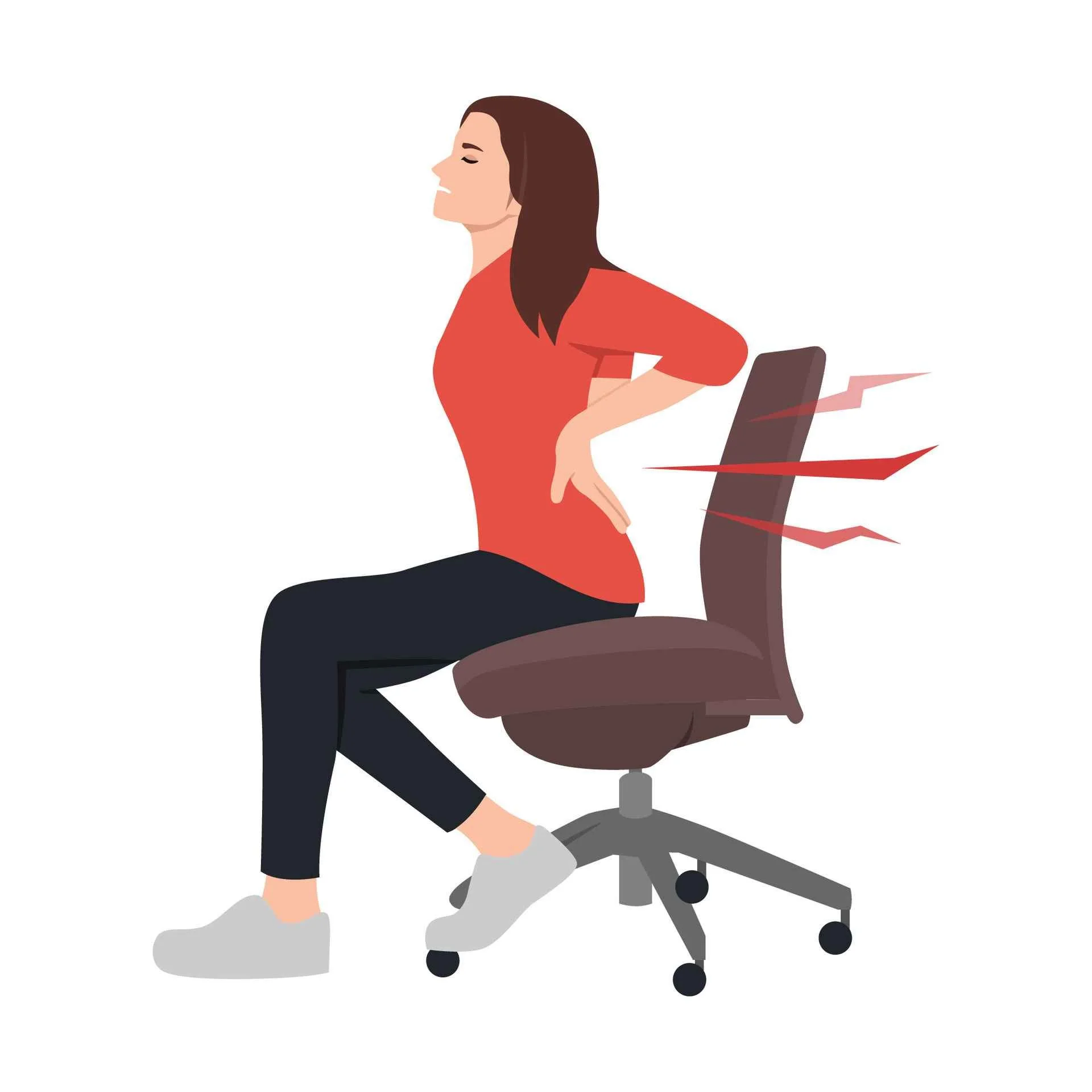Chronic Pelvic Pain Syndrome Men: Solutions Unveiled
Understanding Chronic Pelvic Pain Syndrome in Men
Chronic pelvic pain syndrome (CPPS), also known as male pelvic pain syndrome, is a prevalent condition in men that often goes underdiagnosed and undertreated. CPPS is characterized by ongoing discomfort in the region surrounding the prostate gland, with symptoms persisting for over three months. Unfortunately, the exact cause of this condition remains unknown, making it a challenging issue to address and treat effectively. However, by understanding the potential triggers, common symptoms, and available treatment options, men suffering from this condition can take steps towards managing their pain and regaining their quality of life.
What is Chronic Pelvic Pain Syndrome?
Chronic pelvic pain syndrome (CPPS) is a health issue that accounts for about 90% of all prostatitis cases in outpatient clinics. It is characterized by chronic pelvic pain symptoms lasting at least three months during the past six months, in the absence of a urinary tract bacterial infection but in the presence of urinary symptoms and sexual dysfunction.
Prevalence and Impact on Quality of Life
CPPS has a worldwide prevalence between 2 and 16% and is the most common urologic disease in men below 50 years old. Symptoms can be present on average for 87 months before diagnosis. Its negative impact on quality of life (QOL) compares to other maladies such as myocardial infarction, angina, Crohn's disease, and diabetes mellitus.
Key Symptoms of CPPS
Symptoms of CPPS can vary greatly from person to person and may include:
Pelvic, perineal, or lower back pain
Genital discomfort or pain
Urinary issues like frequent urination or painful urination
Sexual dysfunction, including erectile difficulties and painful ejaculation
Pain during or after sex
Unexplained fatigue
These symptoms can disrupt day-to-day activities, leading to a significant decrease in the patient's quality of life.
Potential Causes and Risk Factors
While the exact cause of CPPS is not known, several theories suggest it could be due to:
Neuromuscular impairments, such as muscle spasms in the pelvic region
Inflammatory conditions in the prostate or pelvic area
Infection, either recurrent or chronic
Psychosocial factors, such as stress and anxiety
Physical trauma or injury
Certain risk factors may increase the likelihood of developing CPPS, including urinary problems, stress, certain types of exercise or lack thereof, and nutritional factors.
Diagnostic Tools for CPPS
Diagnosing CPPS can be challenging due to its varied symptoms and the lack of a definitive diagnostic test. However, several tools are available to help diagnose and direct targeted therapy. These include:
Urine tests for bacteria or inflammation
Digital rectal exam (DRE) to assess the size, shape, and consistency of the prostate gland
Imaging tests such as ultrasound, CT scan, or MRI
Urodynamic tests that measure urinary flow and pressure
Treatment Options for CPPS
The treatment for CPPS should be tailored according to the individual's symptoms and needs. Below are some of the common treatment approaches:
Pharmacological Treatments:
Alpha-blockers: These medications can help relax the muscles in and around the prostate, making it easier to urinate.
Anti-inflammatory drugs: These can help reduce inflammation and pain.
5-alpha reductase inhibitors: Drugs like Dutasteride can help reduce symptoms by minimizing intraprostatic reflux and voiding dysfunction.
Neuropathic drugs: Medications like pregabalin, gabapentin, and amitriptyline can help manage nerve-related pain.
Non-pharmacological Treatments:
Physical Therapy: Specialized physical therapy can help manage symptoms related to muscle spasms or tension in the pelvic floor.
Biofeedback: This technique can help patients learn to control their pelvic muscles to reduce pain and urinary problems.
Neuromodulation: Techniques such as acupuncture or electroacupuncture can be beneficial for some patients.
Lifestyle modifications: Changes in diet, exercise habits, and stress management techniques can help manage symptoms.
Supportive therapies: Psychotherapy and patient or spousal support can be beneficial in managing the psychosocial aspects of CPPS.
The Role of the Urologist in Treating CPPS
A urologist plays a crucial role in diagnosing and managing CPPS. They can guide patients in understanding their condition, advise them on lifestyle modifications, and develop a treatment plan tailored to the patient's needs.
Conclusion
While CPPS can significantly impact a man's quality of life, it is important to remember that help is available. By understanding the condition, its symptoms, and potential treatments, men suffering from CPPS can take proactive steps towards managing their pain and improving their quality of life. If you or a loved one is dealing with CPPS, reach out to a healthcare professional for guidance and support.
Remember, you're not alone in your journey. There are numerous resources available, including healthcare providers, support groups, and online communities, to help you navigate the challenges of CPPS.
Check out our other posts and our book recommendations to learn more!
The Chronic Pain Blog 💗
DISCLAIMER: INFORMATION PROVIDED VIA OUR CONTENT (VIDEOS, AUDIOS, BLOGS, PDFS, POSTS AND OR COMMENTS) ARE FOR GENERAL INFORMATION PURPOSES ONLY AND NOTHING PUBLISHED CONSTITUTES ADVICE UPON WHICH YOU SHOULD RELY. WE DO NOT ACCEPT LIABILITY UNDER ANY CIRCUMSTANCES AND ARE NOT RESPONSIBLE FOR THE CONTENT OR ACCURACY, OR FOR ANY OPINIONS, VIEWS OR VALUES EXPRESSED IN ANY VIDEOS, BLOGS, POSTS AND OR COMMENTS SUBMITTED BY USERS AND THOSE REMAIN SOLELY THE OPINIONS, VIEWS AND OR VALUES OF THE RELEVANT USER.
Sources:
Murphy, J. (2020). What’s the Most Common Cause of Men’s Pelvic Pain? [online] London Pain Clinic. Available at: https://www.londonpainclinic.com/pelvic-pain/whats-the-most-common-cause-of-mens-pelvic-pain/ [Accessed 3 Dec. 2023].
Physiopedia (2017). Chronic Pelvic Pain Syndrome - Male. [online] Physiopedia. Available at: https://www.physio-pedia.com/Chronic_Pelvic_Pain_Syndrome_-_Male.
Smith, C. (2016). Male chronic pelvic pain: An update. Indian Journal of Urology, 32(1), p.34. doi:https://doi.org/10.4103/0970-1591.173105.






